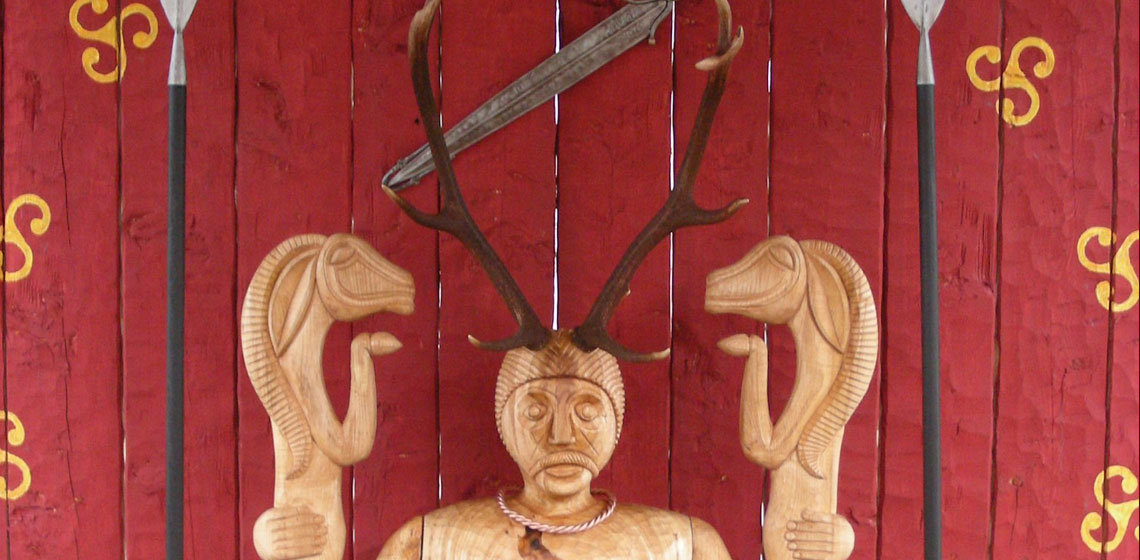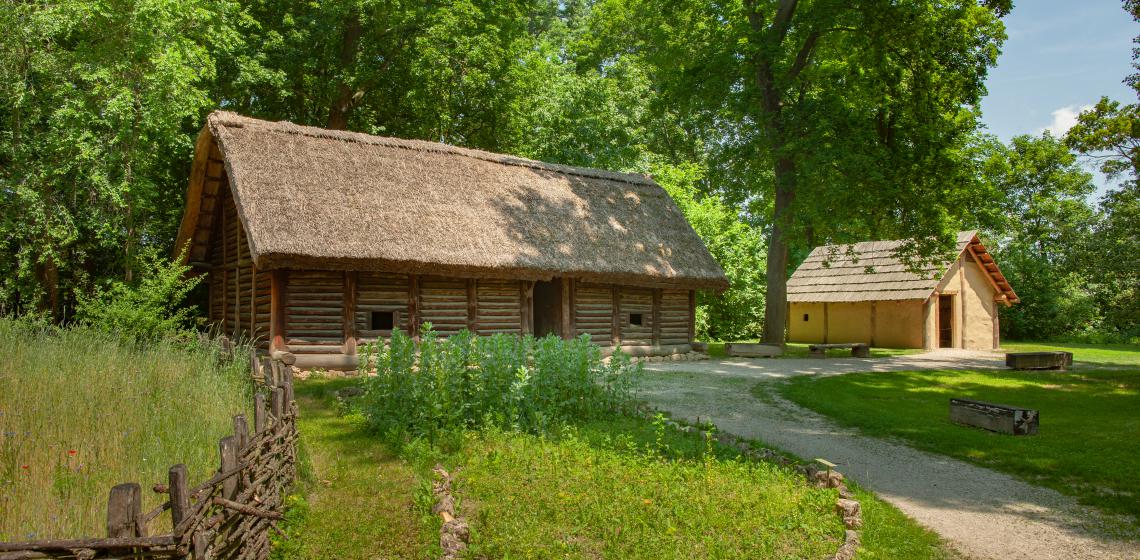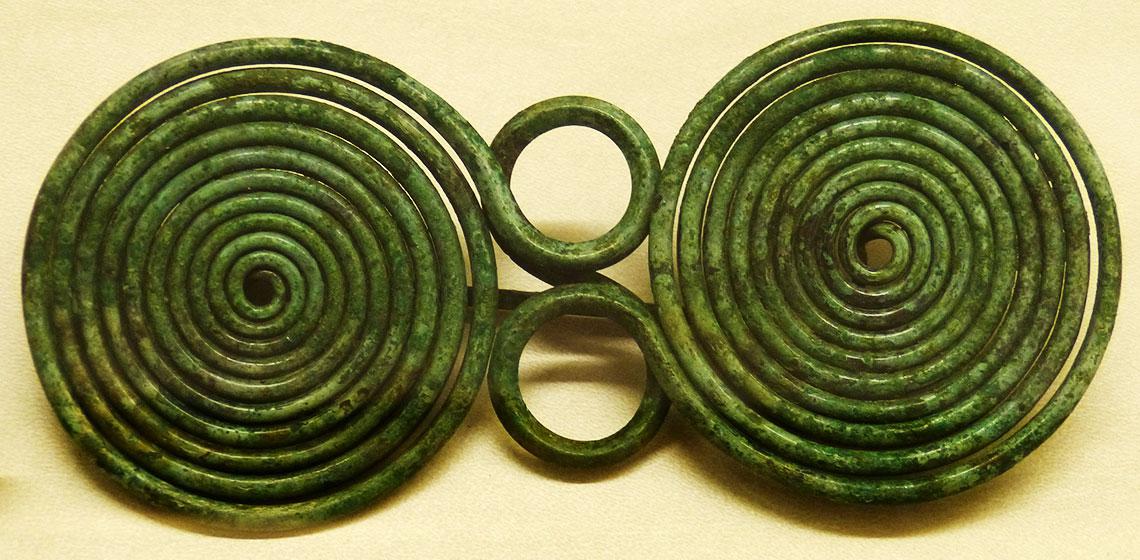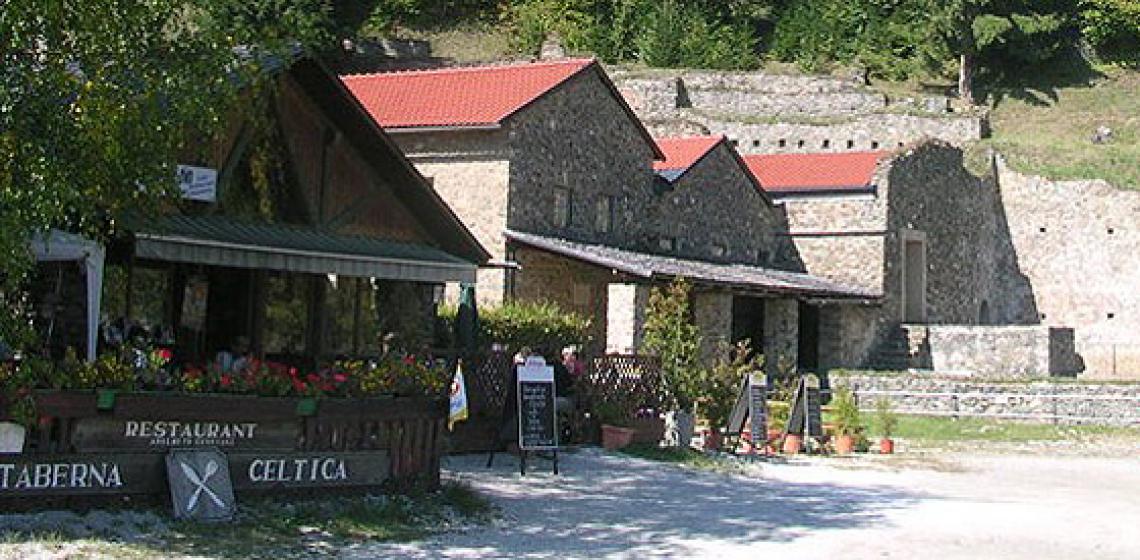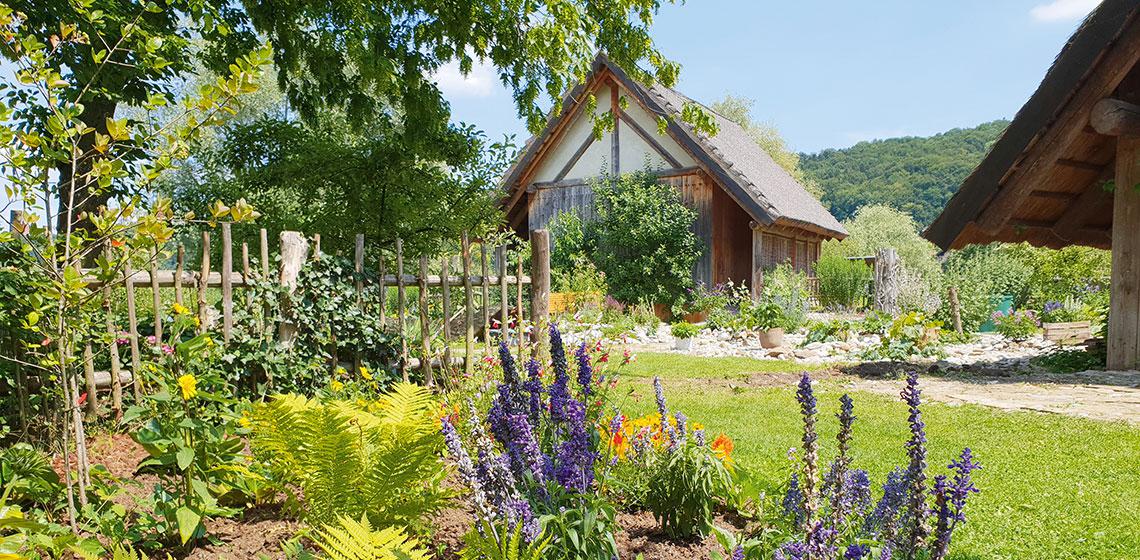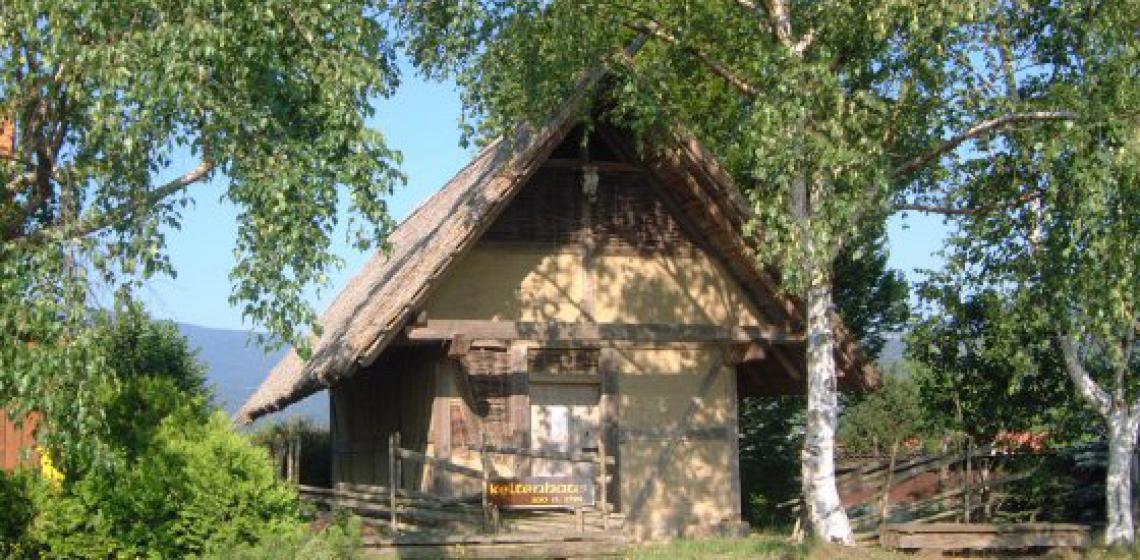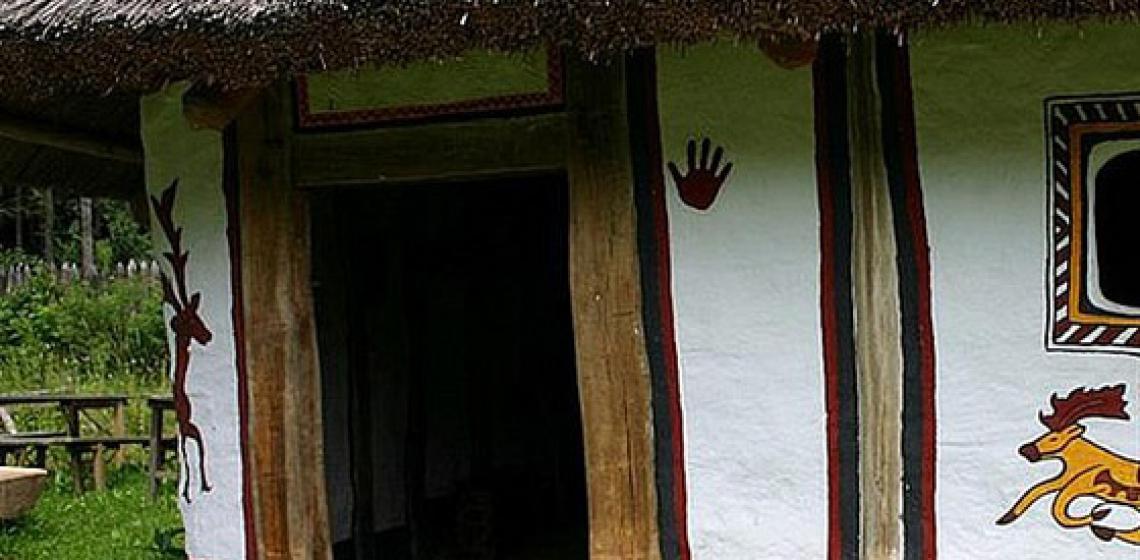The Dietenberg, 506 metres tall is rising about 100 metres above the Kainach valley. The mountain is very well defendable and has been inhabited since the 4th millennium BC. About 1000 BC, there was a large Urnfield culture village. At large terraces, in Celtic times, houses were built, one of which, dating to 100 BC as well as a road was excavated in 1976-1977.
The Dietenberg, 506 metres tall is rising about 100 metres above the Kainach valley. The mountain is very well defendable and has been inhabited since the 4th millennium BC. About 1000 BC, there was a large Urnfield culture village. At large terraces, in Celtic times, houses were built...

